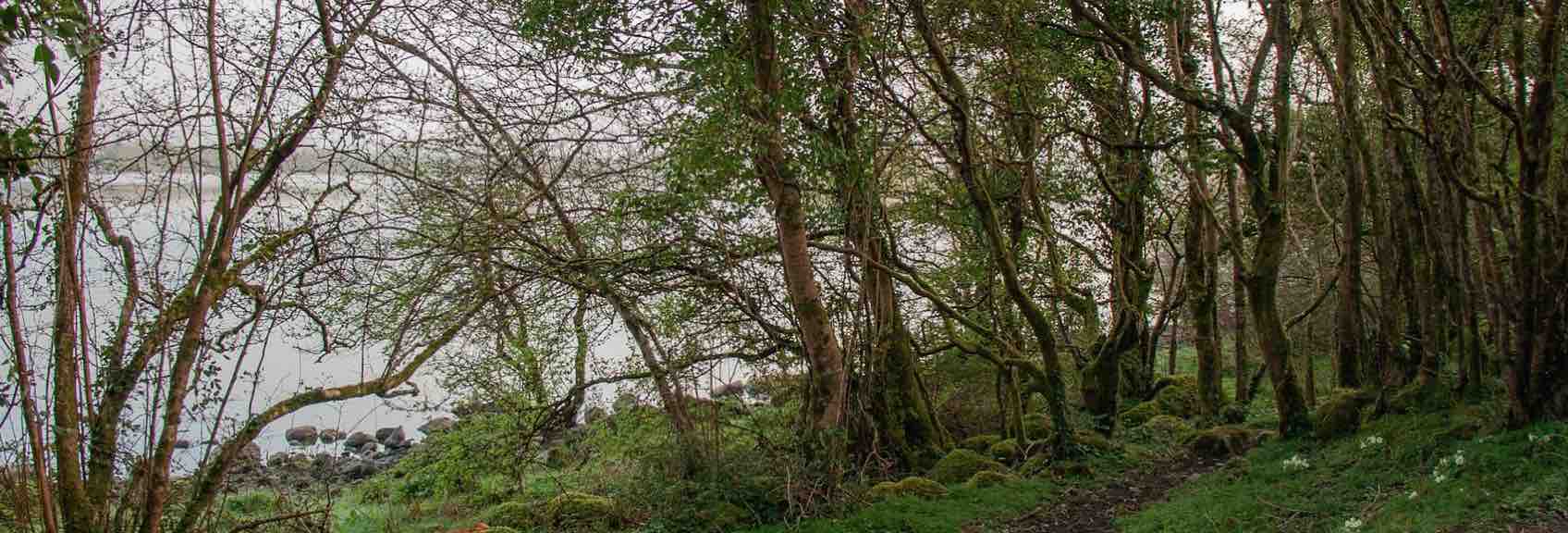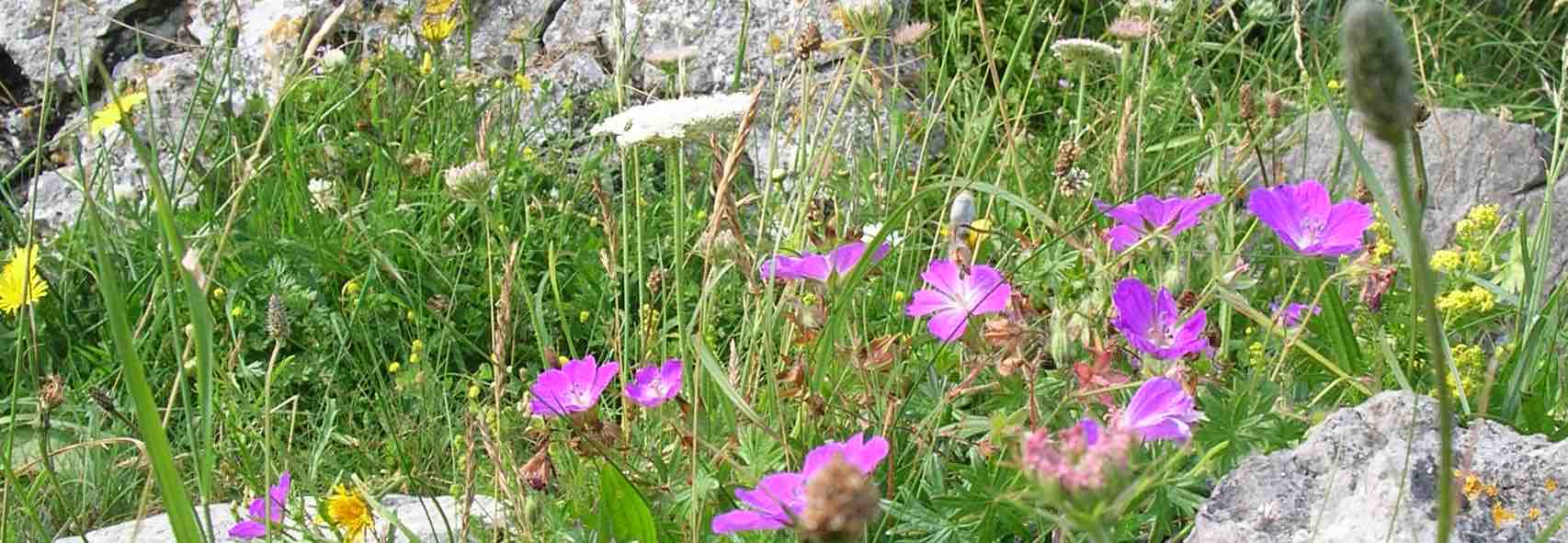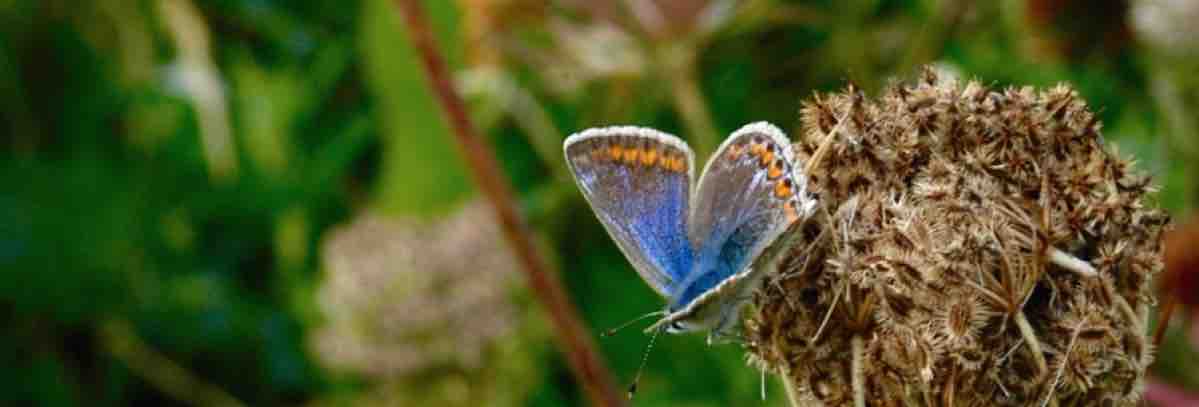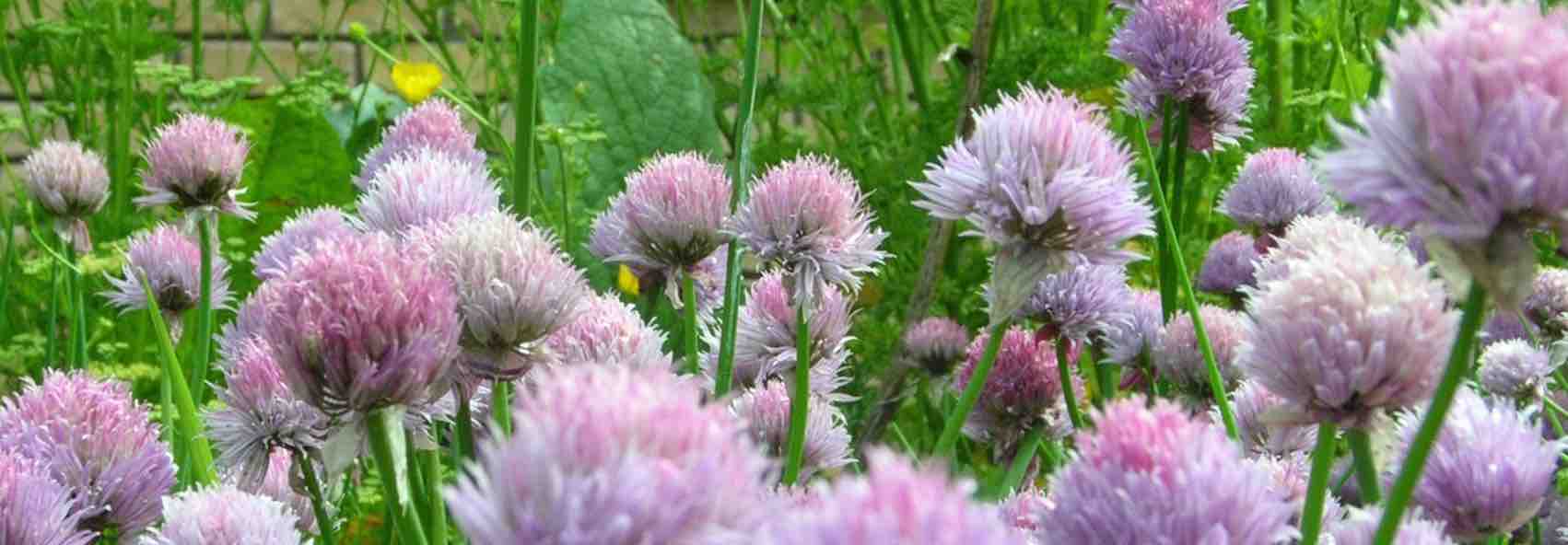FH Wetland Systems Ltd
Creating Space for Nature
Whether you have a window-box or half a planet to work with, there is the potential to create space for nature and regenerate natural ecosystems. FH Wetland Systems offers consultancy, workshops and resources to help support you, your community, farm or local area to create space for nature and to find more nature-friendly ways to farm, garden or design edible planting elements within public and urban areas:
The term rewilding is a relatively new one, first appearing in print in 1990. It specifically referred to large scale endeavours to create core protected space for nature combined with the reintroduction of the missing species that originally formed part of the web of life within those regions. The wolf is not a poster-animal of rewilding for nothing; rather she is a crucial component of a self-willed wild space in which the larger herbivores would otherwise denude the landscape in short order. Indeed, the absence of top predators from many protected spaces in the world, be they wolf, bear or human, has led to a notable decline in the overall health of those habitats.

Ecologist and writer EO Wilson has called for a Half-Earth policy, to dedicate half of the planet as space for nature, in a natural "wild" state to ensure that the biological diversity of life can thrive; and half for people, including space for housing, crops and livestock. With such a measure we can restore habitats, protect biodiversity, sequester atmospheric carbon in soil and plants, and generally make the planet more liveable in for ourselves and for every other species.
While rewilding can sometimes be a contentious subject it offers vital protected space for uninterrupted natural dynamics to unfold. It also offers tools and teaching for land management for our food production and other human own needs as we look towards a future that calls us to act with imagination, ingenuity and integrity.
Rewilding Europe offers a wealth of beautiful examples of the main large scale rewilding endeavours across the continent. Closer to home, the Wild Nephin project in the Ballycroy National Park is a step towards this type of initiative in Ireland. FHWS can provide guidance and advice on your own rewilding initiatives, whether they be large or small.
Article link: A Beginners Guide to Rewilding by Féidhlim Harty in Horticulture Connected.
Wildlife corridors are a crucial component of any large scale rewilding initiative. Without corridors between core protected space, the larger species within habitat islands become genetically weaker over time and ultimately become extinct. Without the larger species, the habitat unravels and ceases to function as a natural system for all of the other species present.

One easy way to introduce wildlife corridors is to utilise and enhance the existing network of rivers and streams that already spans the countryside. By creating 10-20m of a protected riparian buffer zone along river margins we could very quickly improve the lot of nature in Ireland. This is often damp ground that is not ideal for farming purposes anyway. Current farm payment structures value productive land over all other concerns, but at the stroke of a pen at policy level we could put a value on the many other things that this land can offer: flood control, water supply resilience, carbon sequestration, water filtration, fish stock protection, tourism and amenity enhancement, as well as the many benefits for nature and our wild selves.
Examples of some FHWS water waterway rewilding projects include Baggot Estate in Limerick City, a two acre wetland designed to enhance the wildlife value of this area adjacent to the Ballinacurra Creek. Also in Limerick is a 60 acre site beside the Shannon Tunnel, incorporating lakes, islands, marsh areas, wet grasslands, woodland and scrub. This was land used as temporary stilling pools for sediments pumped out during the tunnel construction phase and later returned to ecological habitat. The Tullamore Living River Project in Co. Offaly is a new riparian wetland built alongside the river as it leaves Tullamore Town centre.
Article link: River Rewilding by Féidhlim Harty in Horticulture Connected.
Over the past number of decades farm landscapes have been cleared ever more starkly to enable greater areas to show up on satellite maps. For the main pillar of EU grant payments, essentially the areas that best support nature mean a reduction in area payments to the farmer. Because of this our farms have become increasingly barren of wild spaces, nature and natural habitats, even on land that is unsuitable for food production.

Wild spaces on the farm provide havens for biodiversity in all its forms and also play an invaluable role in flood prevention, drought resilience, pollination, shelter for livestock and crops, carbon sequestration and soil building. As we recognise these invaluable benefits of both wild space and conservation agriculture methods, farmers are increasingly seeking ways to reinstate habitat on suitable land (or more specifically on the land that is somewhat less suitable for growing food).
FH Wetland Systems have been involved in a number of farmer groups and EIP projects (European Innovation Partnership) around Ireland, looking specifically at ways to use farm scale buffer zones, planted wetland channels and farm ponds to provide habitat and/or to filter field runoff.
Some of the projects or organisations we've worked with include BASE Ireland, the Inishowen Uplands EIP,
the Inishowen Rivers Trust,
the Mulkear EIP and BurrenBeo's
Hare's Corner pond project.
There are also many other measures that can be used to support nature on the farm, improve soil health, enhance flood control and drought resilience and enhance both farm income diversity and biodiversity. Examples include agroforestry, silvopasture, permaculture, farm scale composting, holistic planned grazing, no-till agriculture, conservation agricultural practices, biochar or EM (effective microorganisms) soil amendments and others. We can offer an overview of these practices and point your farm in the direction of specific consultants or advisors who can best help to provide guidance on a case by case basis.
"Agriculture and soils can be our largest carbon sink rather than our largest emissions source..." Read more in our Green News article on restructuring the grant payments to better support farms, farmers and nature.
Landscape designs can offer endless opportunities for habitat creation. Sometimes a minor tweak in management can make a major difference for nature. Something as simple as shifting your mowing patterns in parks or business premises from fortnightly to annually (with a single cut in mid September) can change a monocultural lawn with very limited nature value into a biodiverse flowering oasis for wildflowers, bees, butterflies and birds. Where summer lawns are wanted, a spring meadow can be easily created that is left un-cut until mid June or thereabouts, and then cut over the summer months as usual to create an open space for sports, gatherings or public space.

Water flows within our landscape designs are another way to explore opportunities for nature. Instead of draining rainwater straight into an underground piped system we can keep water flows open to the air, the light and to the wildlife that needs it. Swales can convey water through our parks or urban areas, filtering it en route. Bioretention areas or Rain Gardens can provide soakage into the underlying groundwater, water filtration and mini wetland oases for dragonflies and wetland plant species.
Habitat management practices can offer low maintenance, wildlife friendly solutions to the upkeep of large or small land areas. Parks, industrial estates, farms, golf courses, school grounds and even decommissioned landfill sites can be enhanced for wildlife and made beautiful for the people who visit them.
Wildlife gardens are specially designed and planted to provide the maximum benefit to birds, butterflies and bees, as well as attractive places for people. They tend to be lower maintenance than ordinary garden designs; allowing the wildlife to get on with its life and you to get on with yours. A wildlife garden can be any size, from a postage-stamp urban lawn surrounded by butterfly friendly shrubs and flowers, to large wildflower meadows with hedgehogs and sparrow hawks.

Have a look at Mary Reynolds' We Are the Ark for a wealth of information and ideas about creating more wildlife friendly gardens.
At rock bottom it's about doing less (mowing less in particular), living a bit more, listening to the birdsong and allowing nature to do its thing in your garden. Watch with curiosity to see what flowers emerge as you leave the mower in the shed for the spring. Mow some pathways to get around by all means, but leave good wide edges and larger central meadowy spaces and see what unfolds. We've seen birdsfoot trefoils carpet lawns, self-heal emerge at the edges, orchids pop up and thrive and spread year after year, even birch, willow and hawthorn emerge at the margins and reach for the sky.
Article link: Call of the Wild by Féidhlim Harty in Horticulture Connected, relating the natural successional process in a wildlife garden.
Permaculture offers a design approach for meeting human needs without impacting negatively on the natural world. Rooted in core ethics and guided by an evolving set of permaculture principles, it can be a wonderful tool for any design process, from a back garden to a greening of your city.
Inherently, permaculture design has the natural world as an overt focus. Thus we can use this as a way to design landscapes, gardens, farms, businesses or communities that are both productive (yielding the things we want to achieve) and regenerative (for people, planet and the future).

Edible landscaping, as the name suggests, offers a way to bring food plants into parks, cities, church grounds or other available space. FHWS offers permaculture and edible landscaping workshops and consultancy to councils, community groups and other organisations to help bring these principles and local free food into your area.
Essentially edible Landscaping is much the same as ordinary landscaping, with trees, shrubs and ground cover - except that it is populated with edible plants. Apples, Pears, Cherries, Hazelnuts, Walnuts, Sweet Chestnuts.... and that is just the trees. Then instead of a shrubbery, picture black, red and white currants, gooseberries and blueberries. Cover fences and walls with climbers like loganberries, blackberries, wild roses. If you have a sheltered, south facing wall you could even grow kiwis or grapes. Plant visual cover or windbreaks of summer and autumn fruiting raspberries. Then in the flower beds, go for the colour, beauty, wildlife value and flavour of sage, lavender, sweet cicely and a myriad of other herbs and edible greens and flowers.
Hedges can be grown from hazel trees, climbing fruit, blackcurrants or raspberries. Tall feature trees can include sweet chestnuts, walnuts or pears. Boundaries can be interplanted with crab apples, damsons and edible hawthorns. The herbaceous border can be just that - herbs; full of colour, scents and interest for wildlife as well as for the kitchen. Vegetables can sometimes be grown as perennials, providing a yield year after year from the same plant.
Article links:






